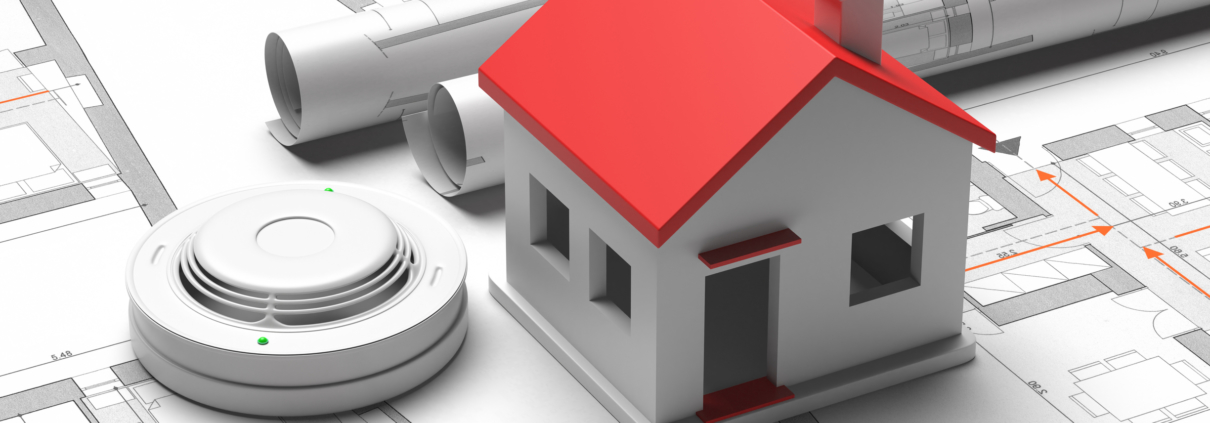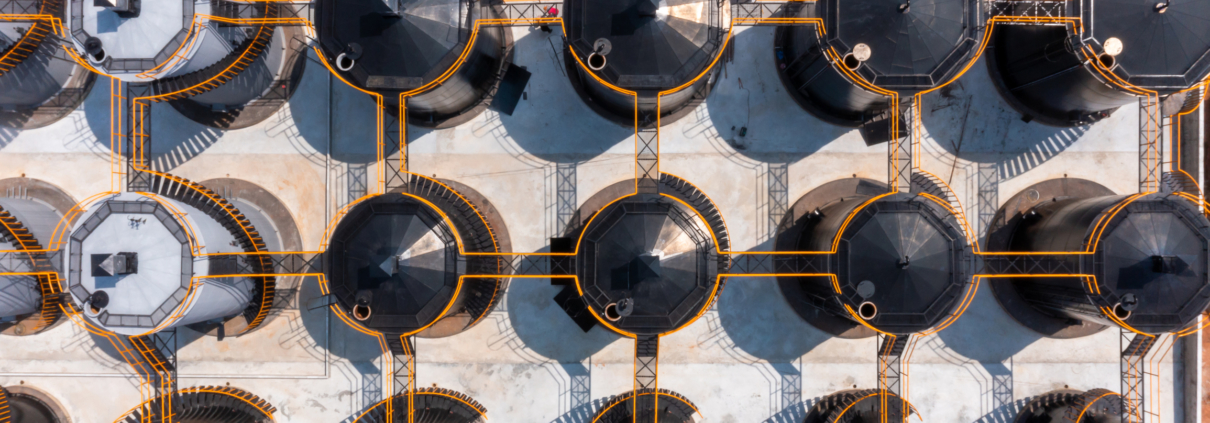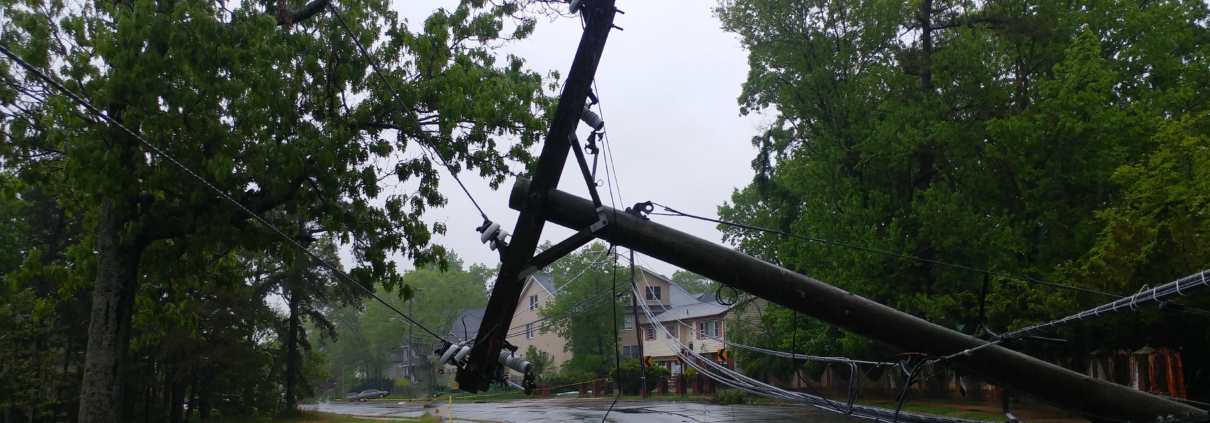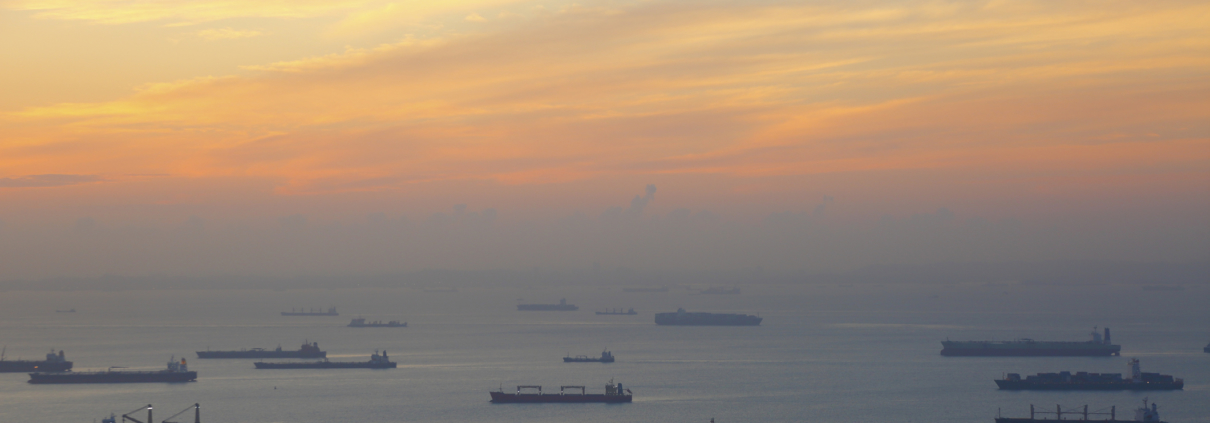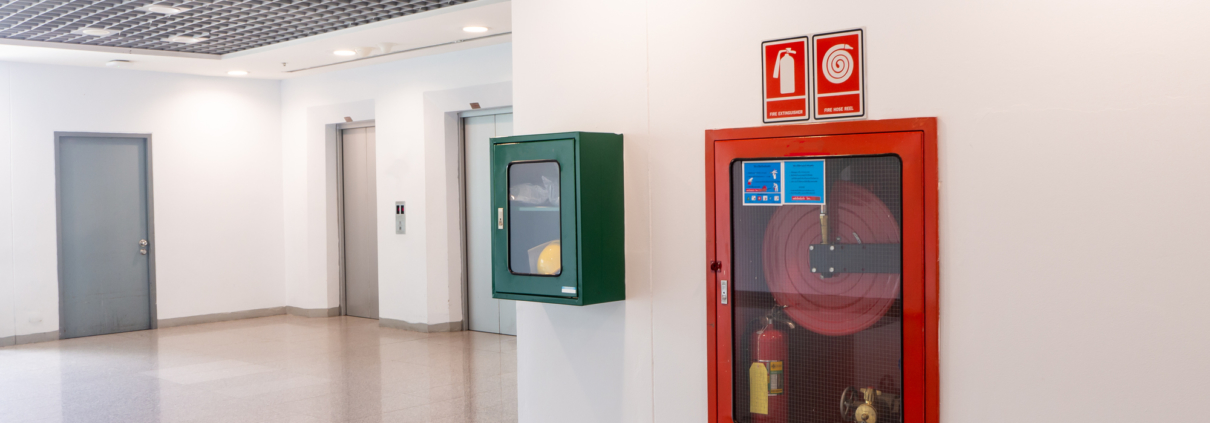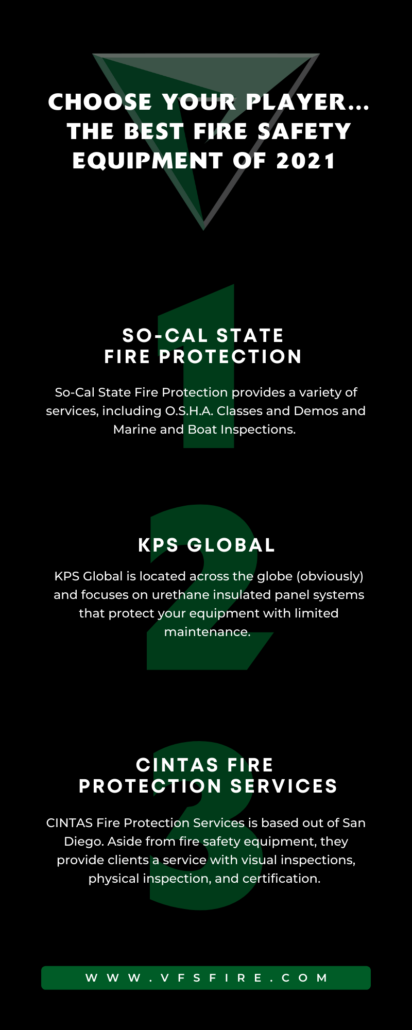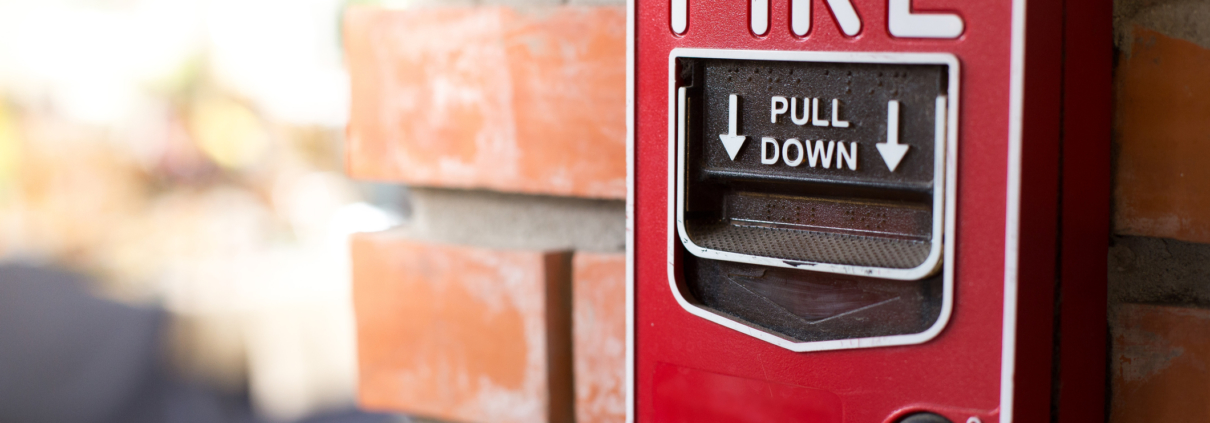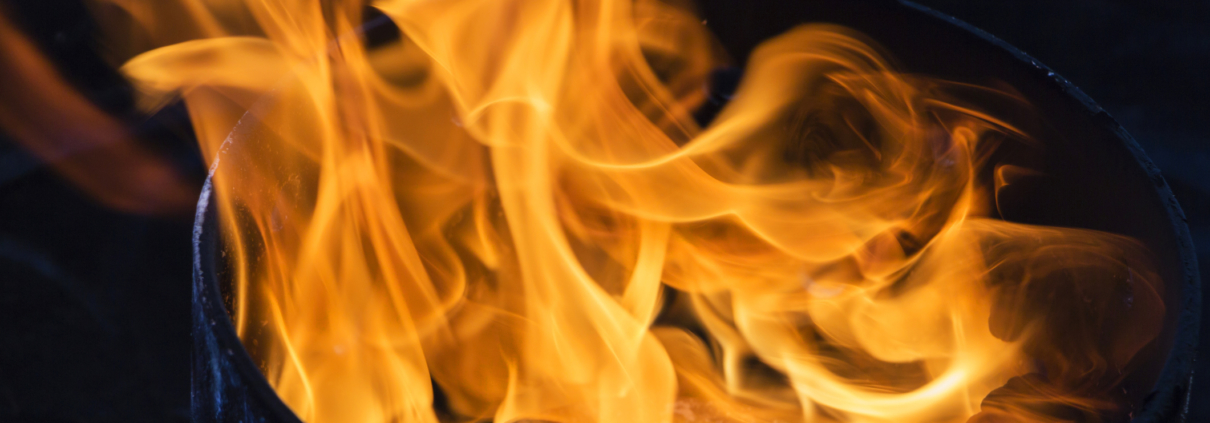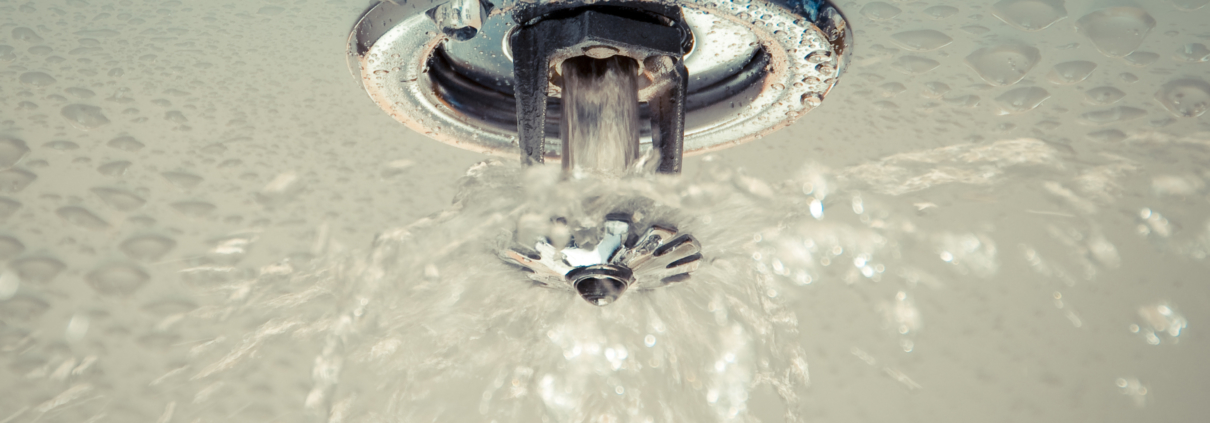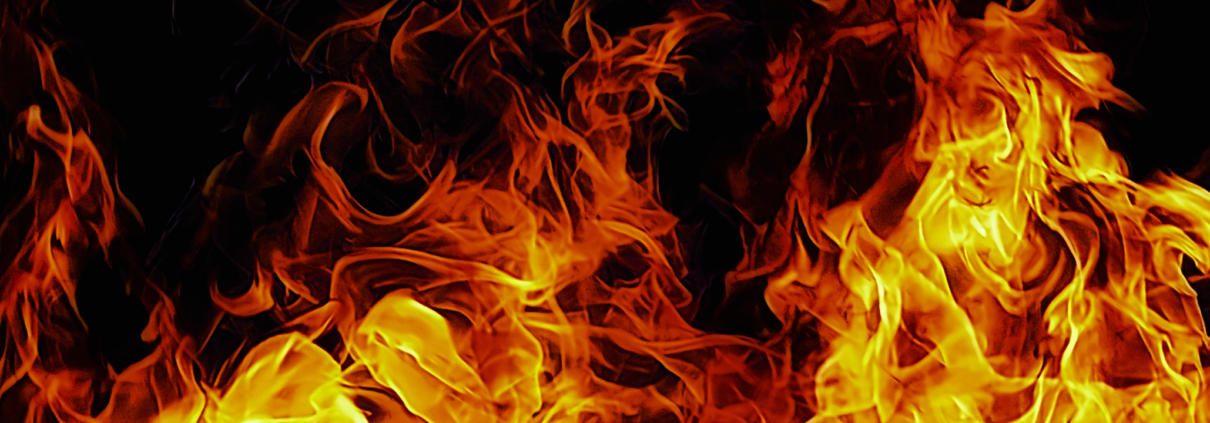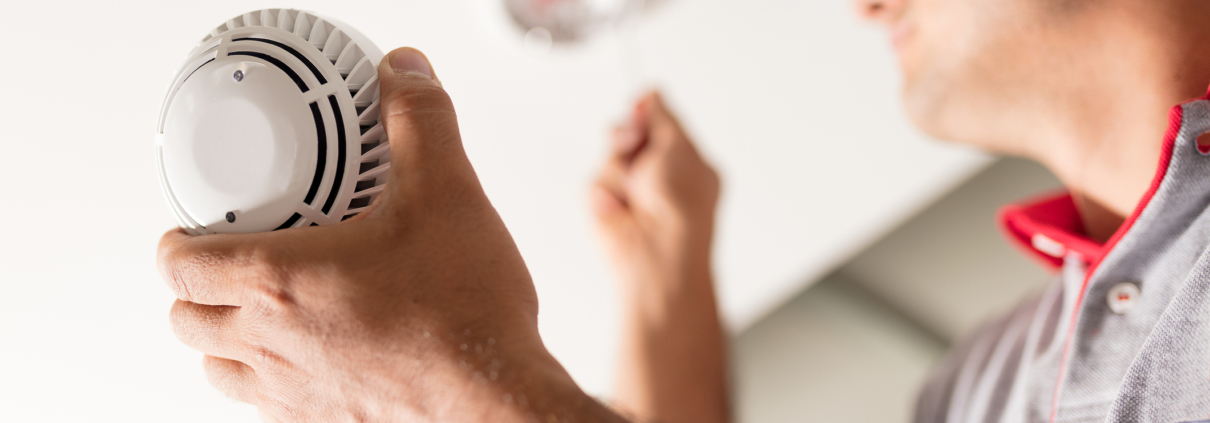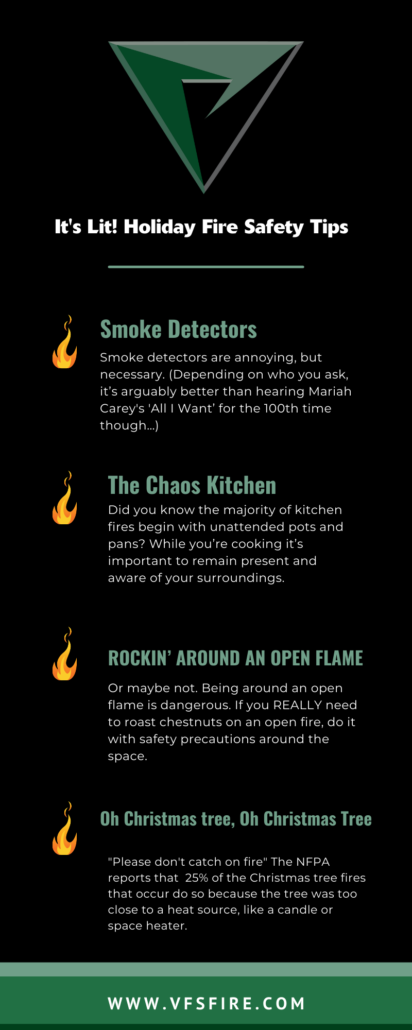One thing’s certain about 2022—insurance costs are going up and they are unpredictable.
At VFS Fire & Security Services, we’ve seen our clients directly feel the impact of a rise in premiums. Over the next year, you can expect 15 to 40% rate increases on certain lines.
Let’s look into more details about why insurance costs are going up.
Fire Insurance Premiums
With the rise of wildfires in California, insurance costs have increased in various zones. ABC News reports that some business owners were even dropped from their coverage unexpectedly, writing that “in 2019, insurers did not renew 235,000 policies across the state.”
The premium increases forced businesses and homeowners to have a quick mindset shift and turnaround for new coverage. With the increase of high-risk areas, VFS Fire & Safety Security Services has personally watched clients caught off guard with the increase of fire insurance. So, how does this impact your fire safety?
Factors that Impact Your Fire Insurance Costs
Your commercial building or home will have different insurance premiums based on various factors, as listed by Resinger Insurance:
- Proximity to the fire department
- Community awareness
- High-risk area
- Building size
- Current fire safety equipment installed
- And more
Mark Sektan from the American Property Casualty Insurance Association sheds light on the perspective of insurance companies. “Premiums are going up because the risk is going up significantly,” says Sektan. “One of the challenges insurance companies face is that because of the highly prescriptive regulatory system, [it’s almost like] we’re driving the car by looking through the rearview mirror,” said Sektan.
“…We base premiums on losses, not what we know, not what we see coming… we’re not allowed to use that type of modeling yet.”
With this perspective in mind, it’s important to make sure your commercial property is updated with the current fire safety guidelines. Learn more from our blog about prepping your commercial property for fire season.
Where Can You Manage Your Risk?
Risk mitigation begins with what fire safety equipment and inspections your commercial building uses, and if your building is up to NFPA code.
For some insurance providers, if you have a certain level of protection from sprinklers and monitors, it can potentially lower the cost of your premium.
The NFPA Code 5000, also known as the Building Construction and Safety Code, is a great start for checking to see if your commercial building is up-to-date on inspections and equipment.
The equipment that VFS Fire & Security Services specializes in, and that should be inspected to match NFPA codes includes but is not limited to:
- Fire Sprinkler Systems
- Fire Suppression Systems
- Sound and Communication Systems (ERRCS and DAS)
- Integrated Security
- Fire Alarm and Detection Systems
- Fire Extinguishers
As mentioned above, the constant upkeep and inspections of your fire safety equipment can improve your insurance premium.
Haven’t You Heard? We’re Fire Safety Inspections Experts
At VFS Fire & Security Services, we believe your fire safety equipment is only as effective as the inspections performed on them.
The frequency of these inspections ensures the most effective operating conditions for your building year-round and is critical to keep current with industry and insurance codes.
At VFS, we have a diverse team of experienced fire protection professionals, all of who are capable of inspecting and servicing even the most complex fire protection systems.
Our advanced platforms and highly trained dispatch team allow us to manage inspections and testing from inception to execution.
We tell you what’s due, when it’s due and why it’s due—which means constantly communicating with your team to keep you up-to-date on the latest information within your facilities.
Aside from potentially lowering your insurance premium, keeping up with inspections benefits your commercial building for long-term safety. Learn why regular inspections lead to safer buildings on our blog.


